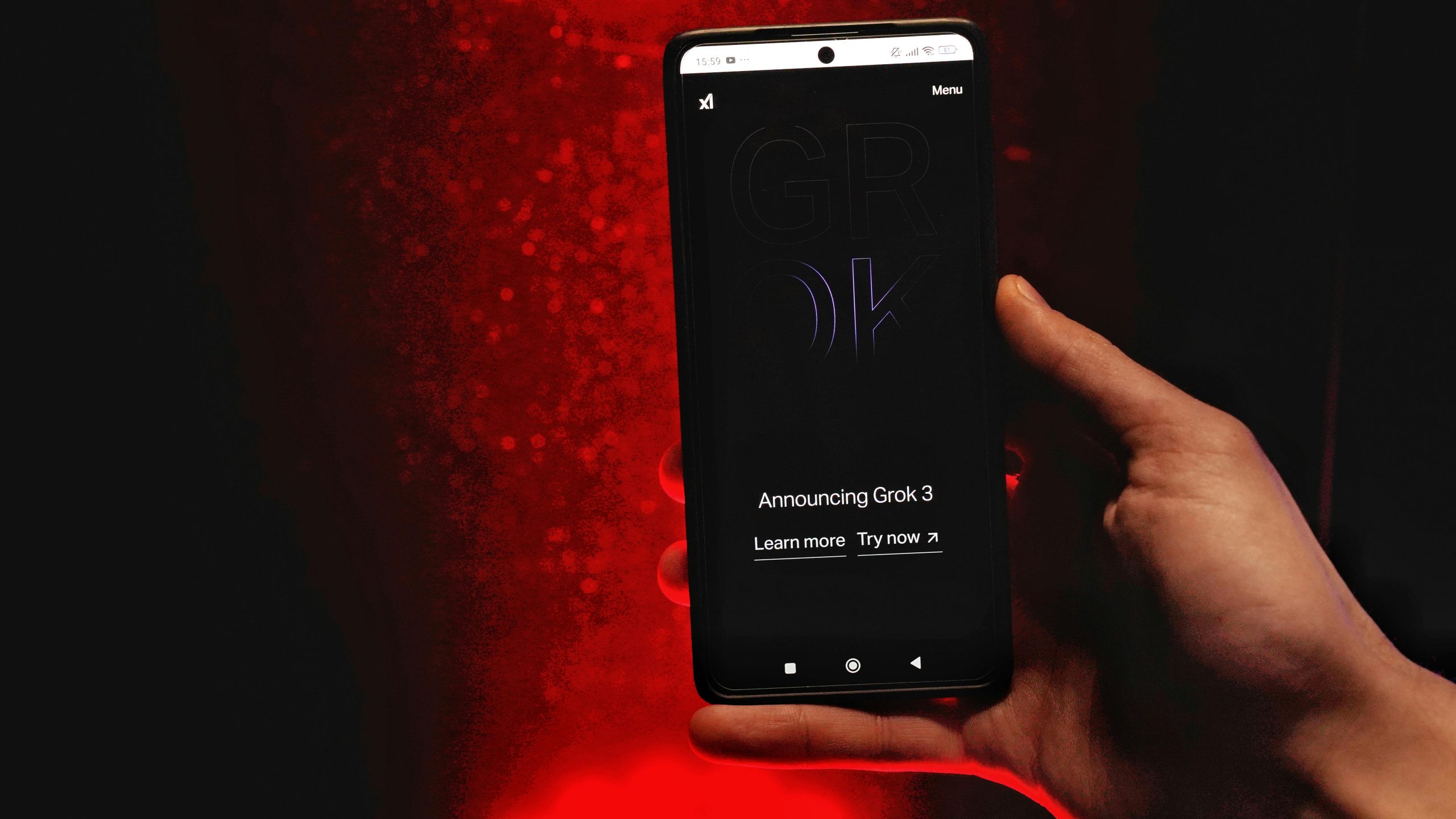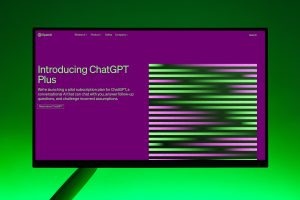I created a master prompt based off Google’s prompting course
Enhancing AI Prompting: A Comprehensive Master Prompt Informed by Google’s Prompting Course
In the rapidly evolving landscape of artificial intelligence, crafting effective prompts is crucial to unlocking the full potential of AI tools. Recently, I had the opportunity to review Google’s dedicated course on AI prompting, which offers valuable insights into optimizing interactions with language models. Inspired by this resource, I developed a comprehensive master prompt that synthesizes the key best practices outlined in the course, aiming to improve the quality and consistency of AI-generated responses.
In this article, I will share the foundational principles I derived from Google’s guide, along with a detailed example of the master prompt I created. Whether you are a seasoned AI user or just beginning to explore prompt engineering, these insights can significantly enhance your results.
Understanding Effective Prompt Structure
One of the core lessons from Google’s prompting course is the importance of a structured approach to prompt design. I recommend utilizing a template that includes four essential components:
- Persona
- Task
- Context
- Format
By explicitly defining each element, you reduce ambiguity and guide the AI towards generating more relevant and precise outputs. Here’s a breakdown of each component:
- Persona: Specifies the role or perspective the AI should adopt to align responses with a particular tone or expertise.
- Task: Clarifies the specific action or output you require from the AI.
- Context: Provides relevant background information or details that can help the AI deliver a more informed response.
- Format: Indicates how you want the response to be organized, such as in bullet points, a formal essay, or a step-by-step guide.
Example Prompt Structure
To illustrate, here’s an example prompt applying this template:
“You are a professional email communicator who writes clear, courteous, and timely responses. Your task is to draft a thoughtful reply to the email I received. The context is that I need to respond professionally while maintaining the appropriate tone and addressing all key points mentioned in the original message. Format your response as a complete email with a proper greeting, body paragraphs that address each main point, and a professional closing.”
Advanced Techniques for Reviewing and Refining Prompts
Another valuable strategy from the course is the ‘poke holes’ method, which involves critically analyzing your content or ideas by asking the AI to identify flaws or weaknesses. This approach is especially effective for reviewing documents, plans, or websites, as it encourages rigorous critique.
For example, you might instruct the AI as follows:
_”Act as














Post Comment